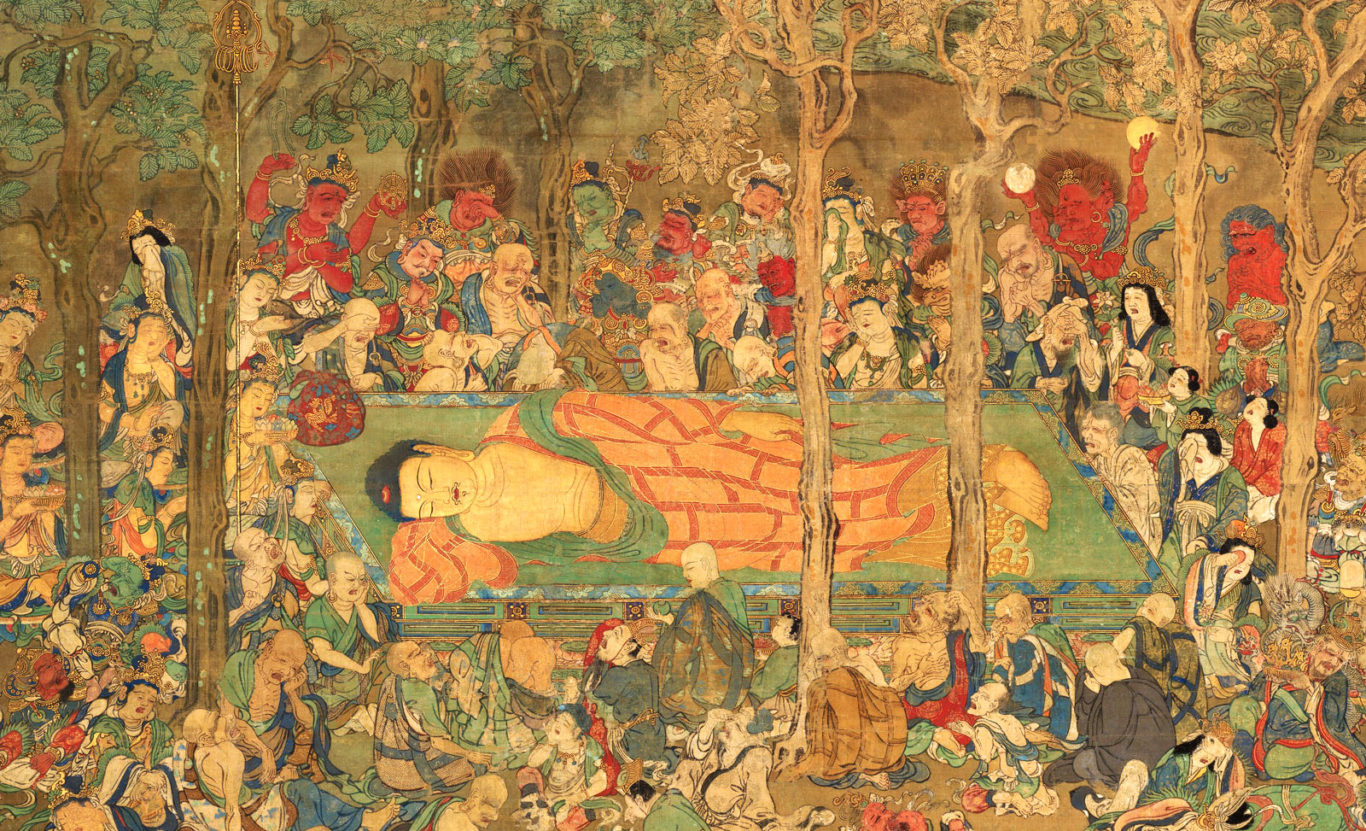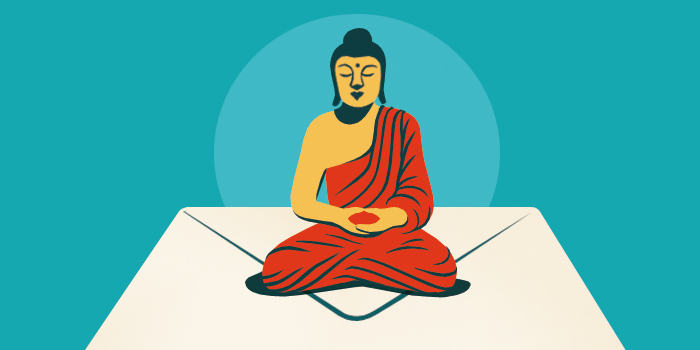What happened after the Buddha died?

Death of the Historical Buddha, 14th century. The Metropolitan Museum of Art. Rogers Fund, 1912.
At the age of 80, after 45 years of teaching, surrounded by a large group of his disciples, the Buddha died. That event is known as the parinirvana—a term that refers to the death of someone who has attained nirvana, or enlightenment, during their lifetime and will not be reborn again. They are freed from the cycle of birth and death and all the suffering that entails.
According to the Pali Canon, which contains some of the earliest written records of the Buddha’s life and teachings, about three months after the Buddha’s parinirvana, circa 400 BCE, about 500 of his senior monks met to discuss how their teacher’s wisdom and the rules he developed to guide the monastic community (the Vinaya) would be preserved. This became known as the first Buddhist council.
Some 70 years after his death, a second council was held to come to terms around a set of ten disputed rules for monks and nuns. It is widely believed that this was the first schism in the Buddhist monastic community, or sangha, and two branches were formed then—one that wanted to uphold all the rules of the Vinaya, and another that wanted to relax some of them.
A third council is said to have taken place during the reign of the Indian king Ashoka, who converted to Buddhism around 250 BCE. Ashoka was a powerful supporter of Buddhism and promoted the spread of the religion across the subcontinent. The council was intended to rid the sangha of corrupt and heretical monks. Crucial components of the Buddhist scriptures are said to have been formalized at this meeting, too. By the time of Ashoka, writing had become widespread in India, and Ashoka recorded sayings, or edicts, about Buddhism and other subjects in various languages across the subcontinent.
The third council was also believed to have been the genesis of teaching missions sponsored by Ashoka, where learned monks and nuns who could recite the Buddha’s teachings by heart were encouraged to act as emissaries to other lands and offer the Buddha’s dharma.
These emissaries took Buddhism to Sri Lanka, Burma, and elsewhere. In the successive centuries, Buddhism spread further into East and Southeast Asia and the Himalayas and became a prominent world religion.

Tricycle is more than a magazine
Gain access to the best in sprititual film, our growing collection of e-books, and monthly talks, plus our 25-year archive
Subscribe now